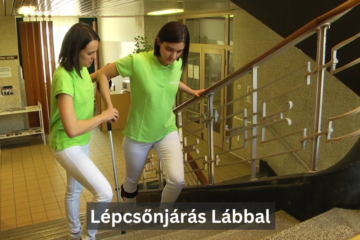An orthopedic surgeon can offer comprehensive operative and nonoperative treatments for elbow injuries. They also perform nerve conduction studies and X-rays to diagnose the condition causing your pain. Here is how a surgeon treats an injured elbow:
Immobilization
Surgeons use immobilization techniques to stabilize your elbow and promote healing. Immobilization limits movement at the injury site and helps prevent further damage. Doctors might use long arm splints and casts to keep the injured area stationary. A long arm splint supports the elbow and wrist, restricting movement along the planes. Your doctor could use a cast for severe injuries, including fractures, to offer additional stability. Adjustable elbow braces hold the joint while allowing some degree of movement. Rigid braces completely immobilize the elbow joint while healing from severe injuries.
Anti-Inflammatory Injections
Doctors can administer anti-inflammatory injections to relieve elbow pain and stiffness. The injections include corticosteroid injections, platelet-rich plasma, and hyaluronic acid injections, and your doctor injects the medicine directly into your elbow. Corticosteroid injections reduce inflammation by temporarily suppressing the immune system. Doctors may use platelet-rich plasma injections to stimulate the body’s natural healing process by creating a concentrated mixture of cytokines, platelets, and growth factors from your blood. Injecting the platelets into your injured elbow reduces inflammation and can speed up healing. Hyaluronic acid injections provide a synthetic joint lubricant for shock absorption and improved mobility. Your doctor injects the hyaluronic acid directly into your joint with ultrasound guidance.
Lipoaspirate Mesenchymal Stromal Cell (MSC)
MSC therapy is a regenerative injection treatment that stimulates bone and osteoarthritic cartilage repair. To collect this natural substance, your doctor should collect fat stem cells from the abdomen through minimally invasive liposuction. They inject the cells into the damaged tissue to repair and replace damaged cells.
Endoscopic Cubital Tunnel Release
This is a surgical procedure for treating ulna nerve compression in the elbow by dividing the cubital tunnel roof to decompress the affected nerve. Your surgeon makes an incision in your elbow and should divide the roof manually. The endoscopic approach provides a view above and below the elbow, often minimizing potential nerve damage. Because it is minimally invasive, the procedure should result in less scar tissue formation.
Arthroscopy
Elbow arthroscopy helps diagnose and treat issues in the elbow joint, frequently improves mobility, and eases the pain resulting from elbow injury. During arthroscopy, an orthopedic surgeon inserts a small camera into the elbow joint. The camera displays images on a monitor to guide the surgeon. When planning for surgery, your doctor performs evaluations to assess your surgical compatibility. They carry out blood tests or an electrocardiogram to identify underlying conditions. Your doctor performs elbow arthroscopy with general anesthesia or a regional nerve block.
Elbow Joint Replacement
Getting an elbow replacement involves using prosthetic components to replace the natural bones of the elbow joint. The artificial joint should have two stems made of a strong metal or alloy. Its stems are joined together with a plastic and metal hinge that allows the new joint to bend.
Learn More About Orthopedic Surgeon
After completing a physical examination, an orthopedic surgeon can recommend elbow treatments to relieve pain caused by repetitive movements or injuries. Their solutions can help treat mild to severe elbow joint concerns. Contact a reputable orthopedic practice to learn more about their elbow injury treatments.



